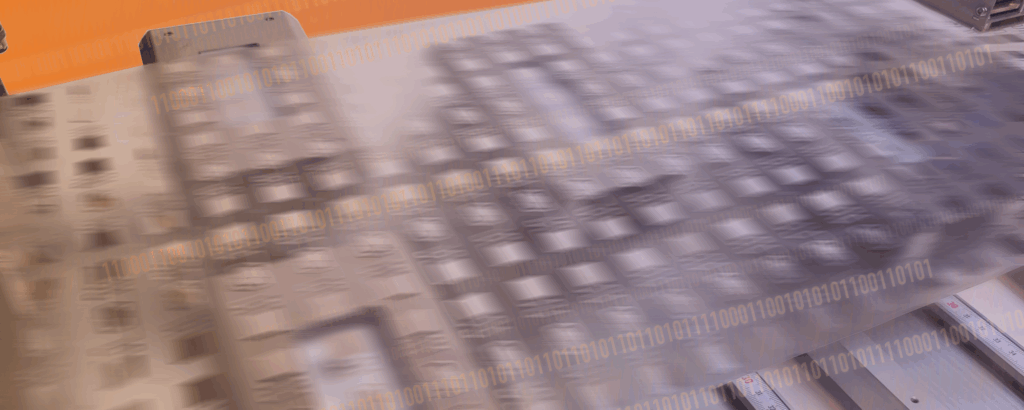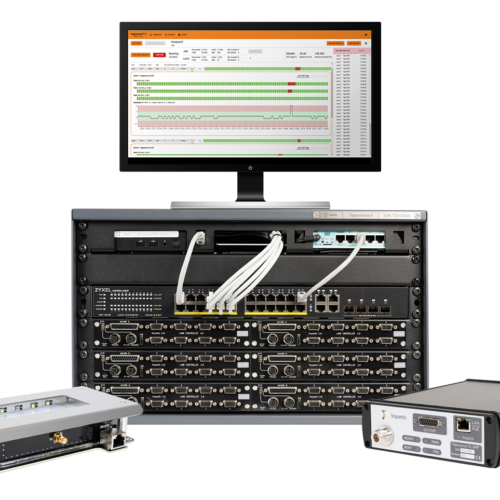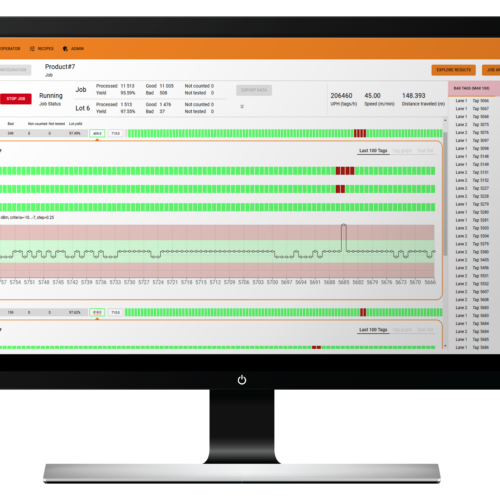The global use of RAIN RFID is skyrocketing. Application areas are diversifying, and quality requirements are becoming more stringent. At the same time, tags are increasingly integrated directly into products rather than applied as separate labels. Industry pioneer Voyantic believes the next major step in the RFID sector is a shift toward networked, intelligent, and transparent quality management. The company’s latest product release, version 4.0 of Tagsurance® 3, is designed to support this direction.
Key Updates Propel RFID Technology Forward
The new version combines two major advancements: network connectivity and encoding functionality. According to Voyantic General Manager Jukka Voutilainen, these features make it possible to examine the entire RFID production process from a new perspective.
“The combination allows testing and encoding to take place at different stages of production, and the collected data can be integrated into a comprehensive quality management dataset”, Voutilainen explains.
Voyantic’s systems now enable precise measurement of the electrical performance of tags. The encoding feature adds a completely new dimension: verification and management of the data content. At the same time, the system has been designed to scale and connect securely to the internet, enhancing usability in large, cross-company production chains.
Three Trends Shaping the Industry
Voyantic’s development work is guided by a clear long-term vision: RAIN RFID technology has to be reliable and care-free for the end users. Voutilainen identifies three major trends that are steering the industry in the coming years.
The first trend is the integration of tags directly into products. When an RFID tag is embedded directly into the product, such as a tire or a medical syringe, it can no longer be easily replaced or tested outside the product. This means testing must occur not only before integration but possibly afterward as well. In such cases, the cost of failure can be high: a faulty tag may compromise the entire product. Quality assurance must therefore adapt more precisely to different production workflows. The modularity of Tagsurance 3 supports flexible implementation across various processes.
The second trend involves the expansion of quality expectations throughout the supply chain. Traditionally, tag quality has been enforced at chip bonding, the process step where the tag IC is attached to the antenna. It still remains the single most critical production phase. However, the end users see the quality of the tag after it has passed through various process steps, where the tag’s performance may be impacted. In addition, the supply chain often consists of multiple different parties, such as converters and service bureaus. Tagsurance 3 is designed with this in mind: it can collect and combine quality data from multiple production phases, enabling a broad and transparent view of the process.
The third trend is combining multiple data sources to ensure tag quality. Electrical performance alone is no longer sufficient— a tag may seem to work seemingly well but ends up failing prematurely in the end application. Failures like this can be identified and corrected by combining other process data with electrical performance in quality verification. Secondly, the tag also needs to contain correct and reliable information. When encoding is integrated with product data in backend systems, it becomes possible to verify tag authenticity or link it precisely to a specific item or batch. This opens new opportunities in sectors where traceability and data security are essential.
“Tagsurance 3 is built to support these industry shifts. It’s not just a testing device—it is a system that integrates quality, data, and production management in a new way”, Voutilainen says.

The Need for Testing Will Not Decrease—Quite the Opposite
While RAIN RFID tags are already widely used in retail, emerging applications such as logistics, pharmaceuticals, and food products are imposing new requirements on the technology. In these areas, the tolerance for quality issues is minimal, and the importance of quality assurance continues to grow.
“The need for testing will certainly not decrease in the future”, Voutilainen affirms.
According to him, technological development will increasingly be shaped by customer needs and the specific requirements of different industries. The company continues to develop its products in close collaboration with customers and actively contributes to the creation of new industry standards.
“Testing systems must evolve in step with applications and demands. Our role is to be at the forefront of that progress”, Voutilainen concludes.
All blog posts


